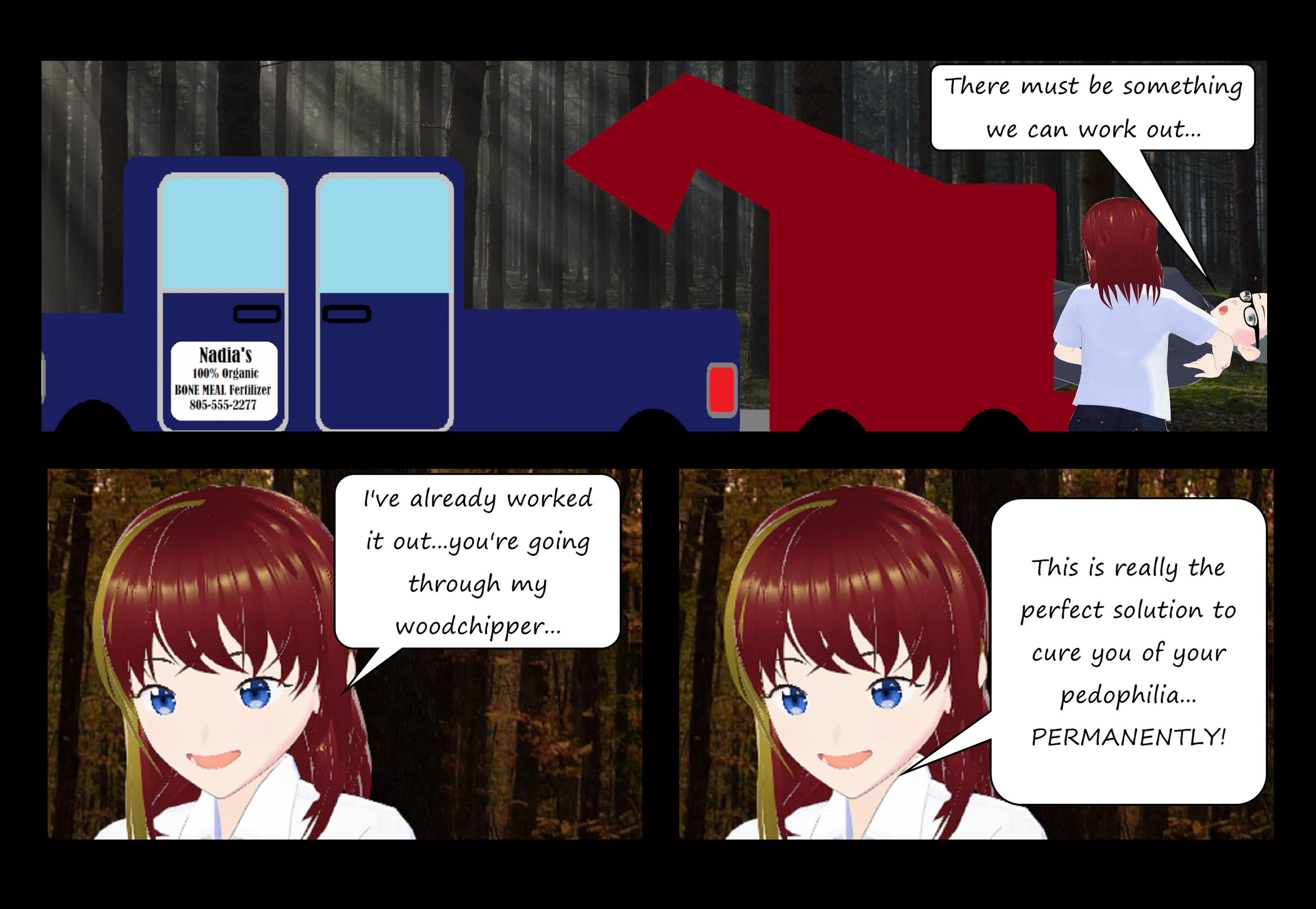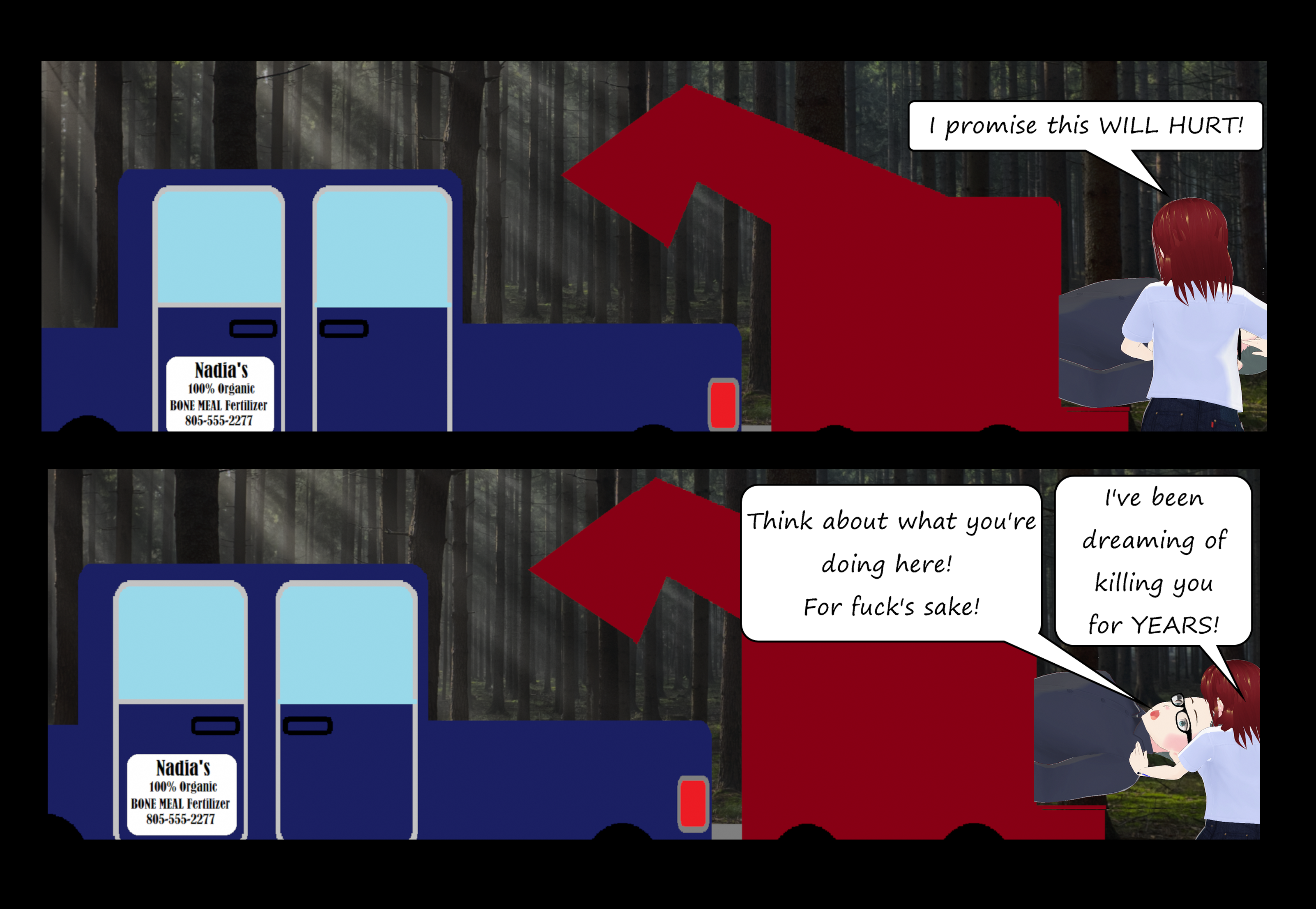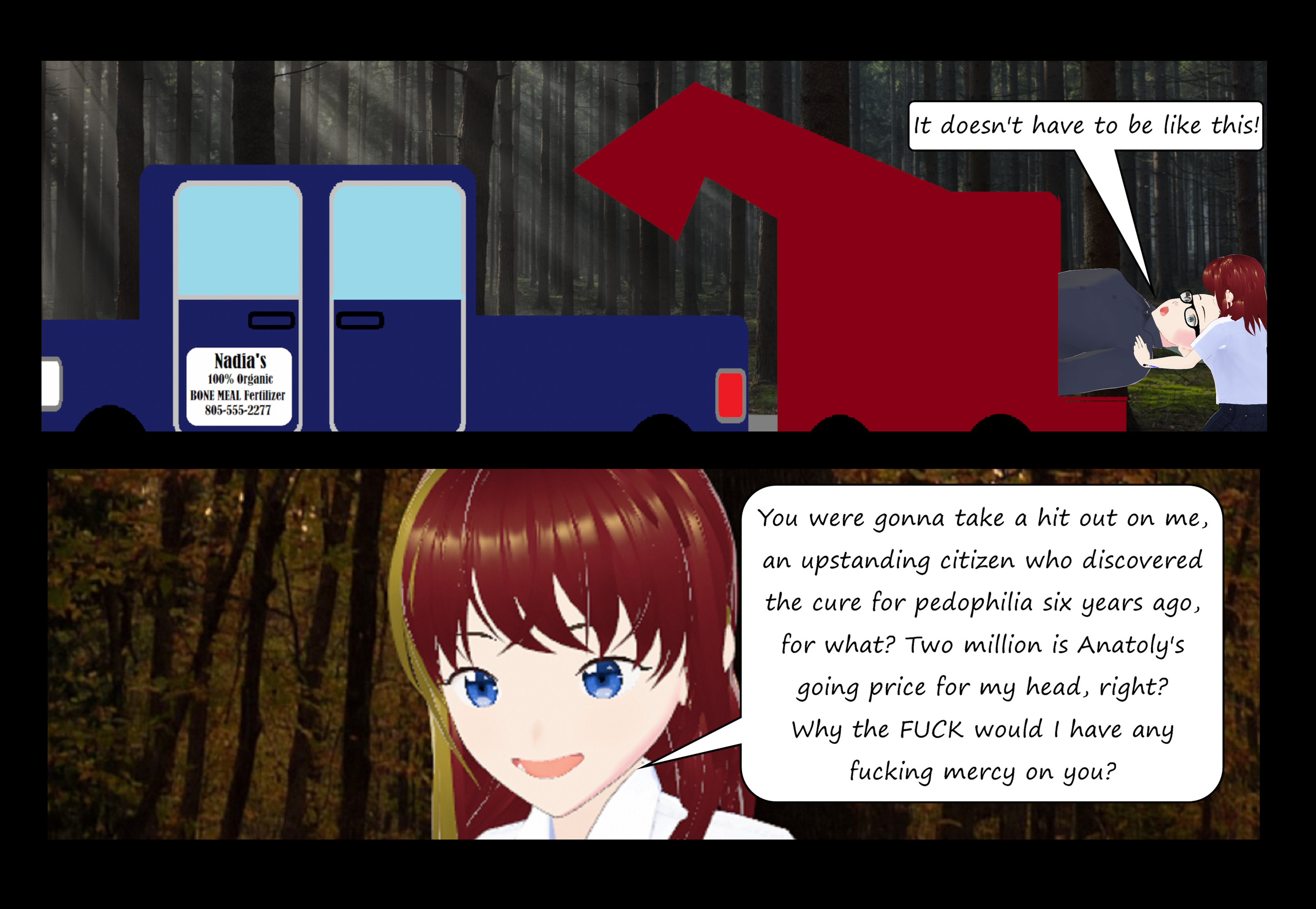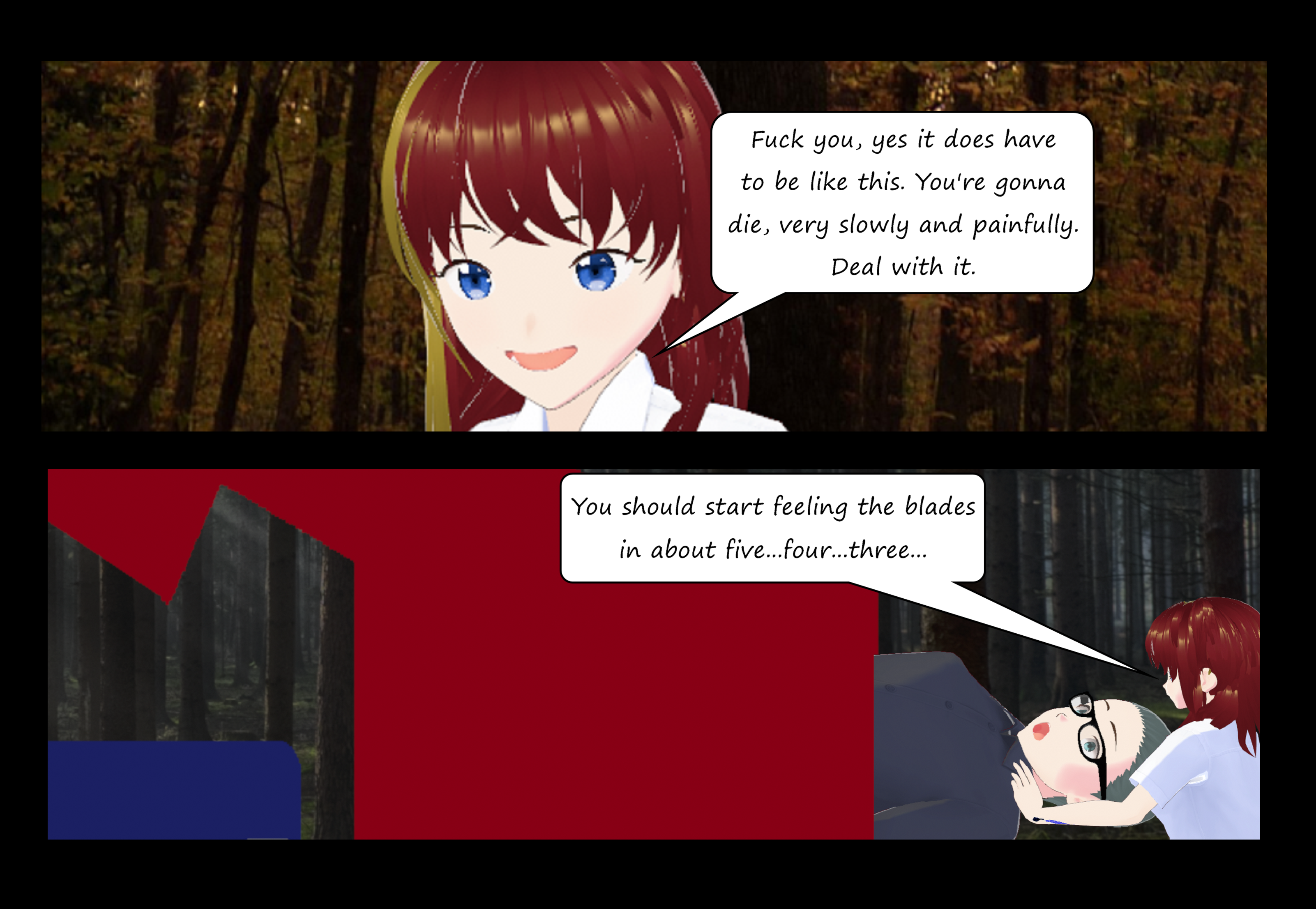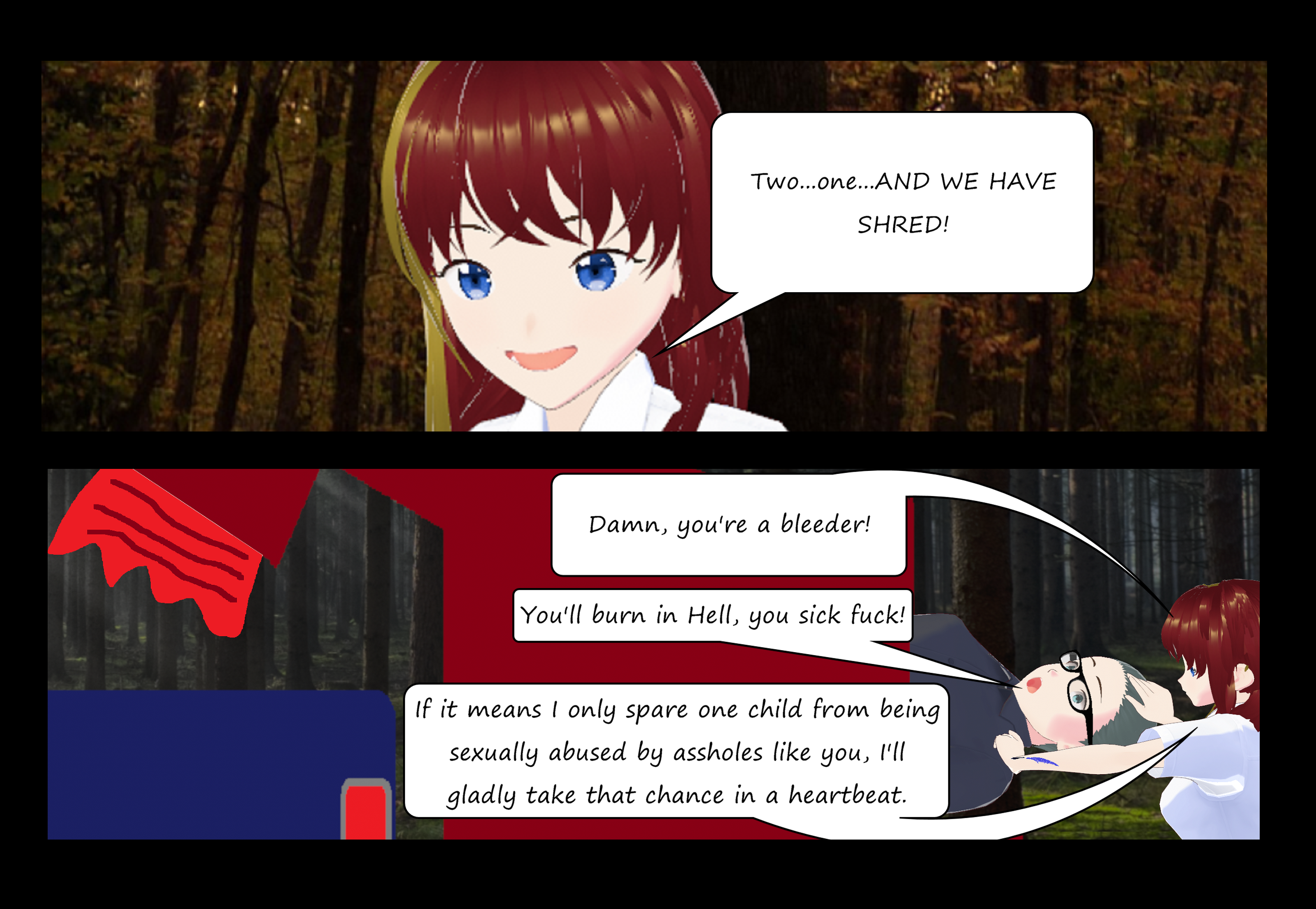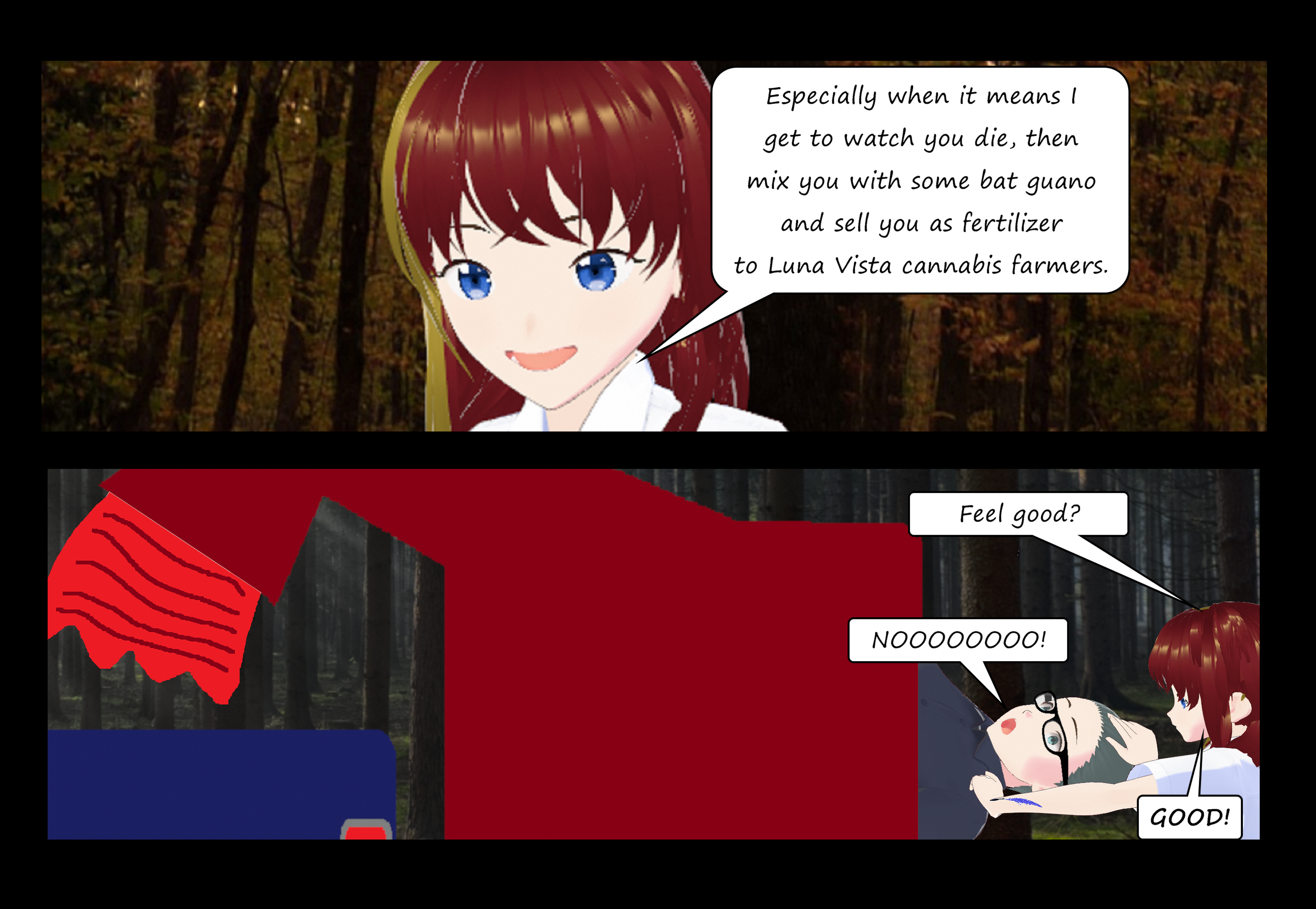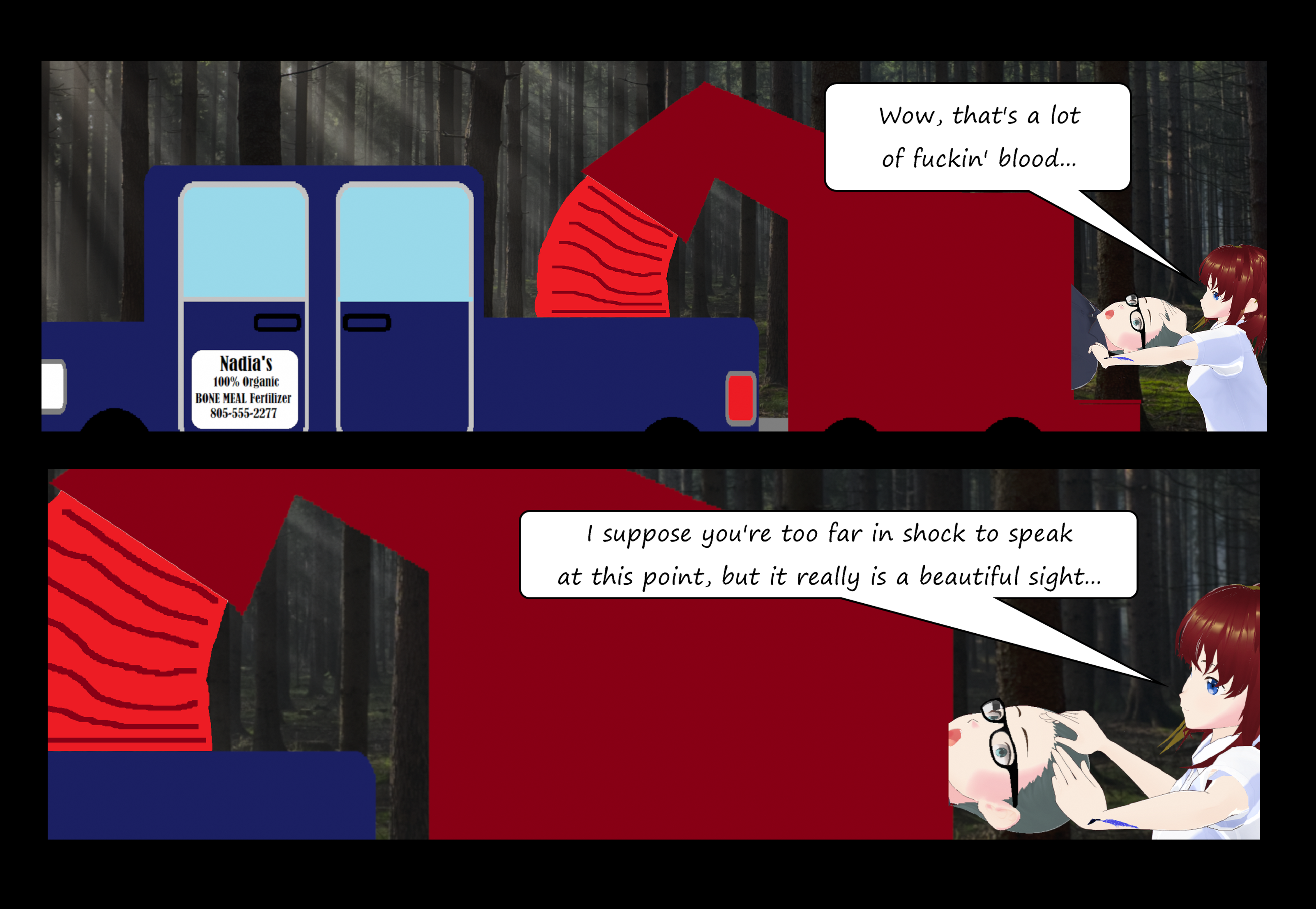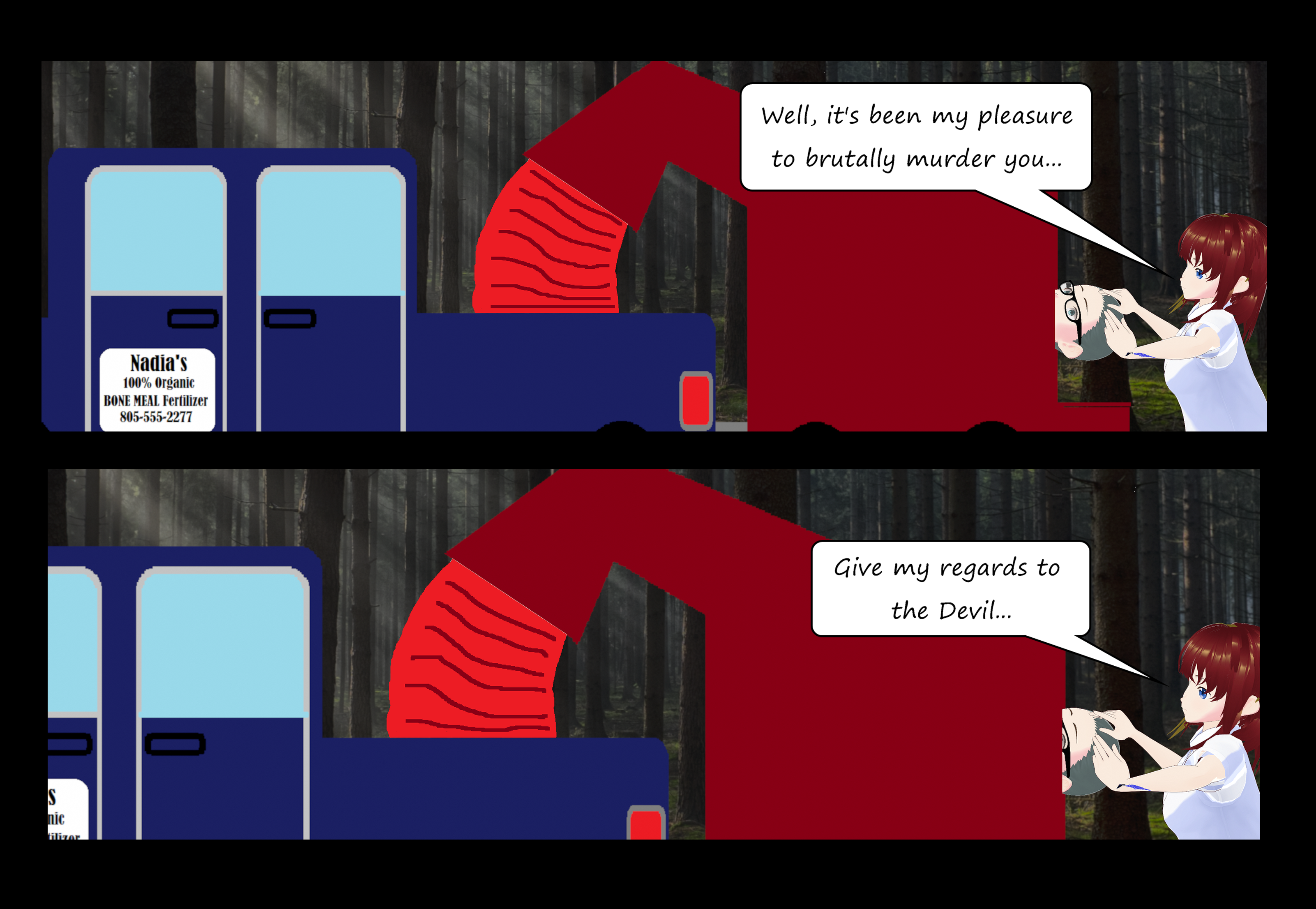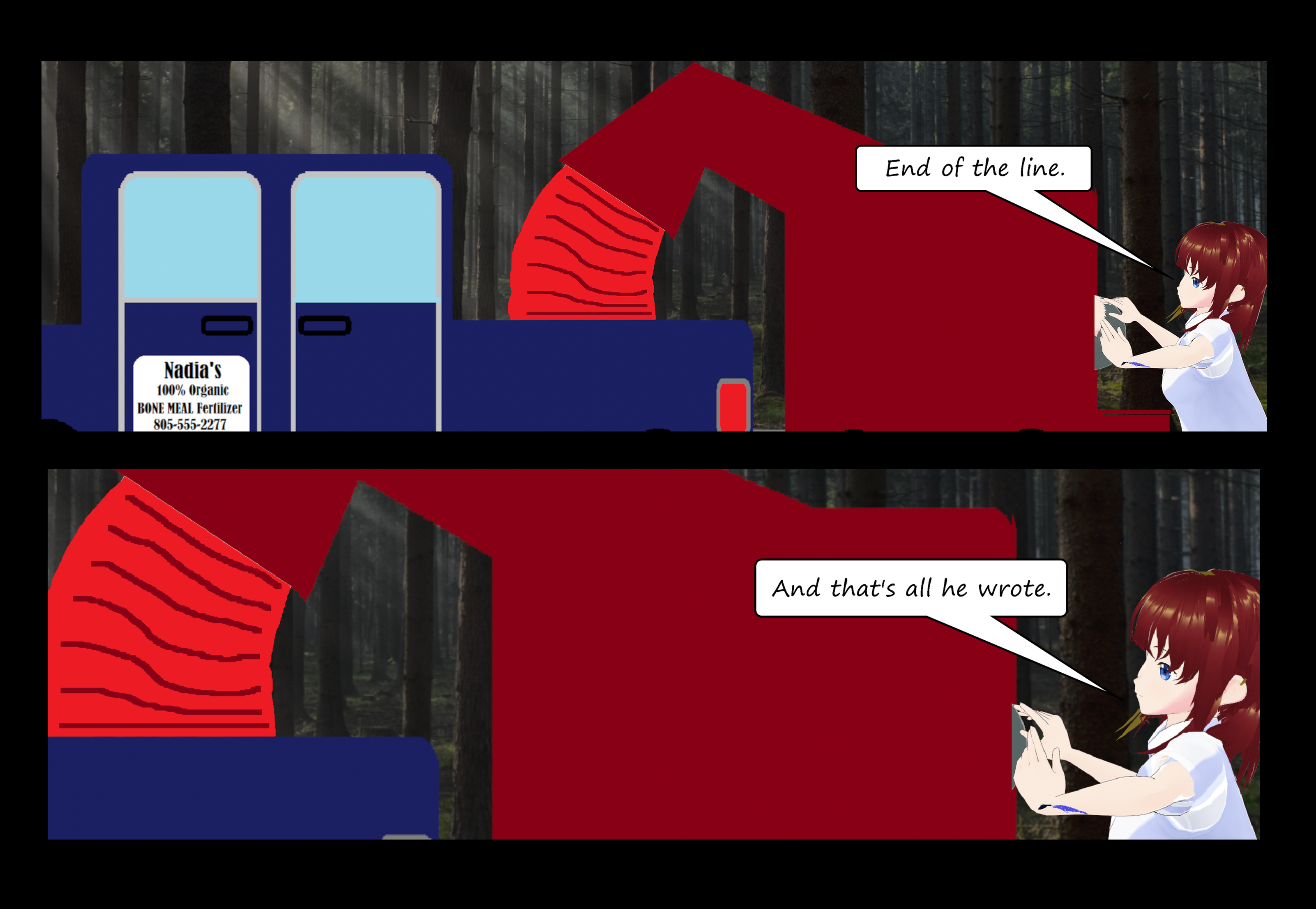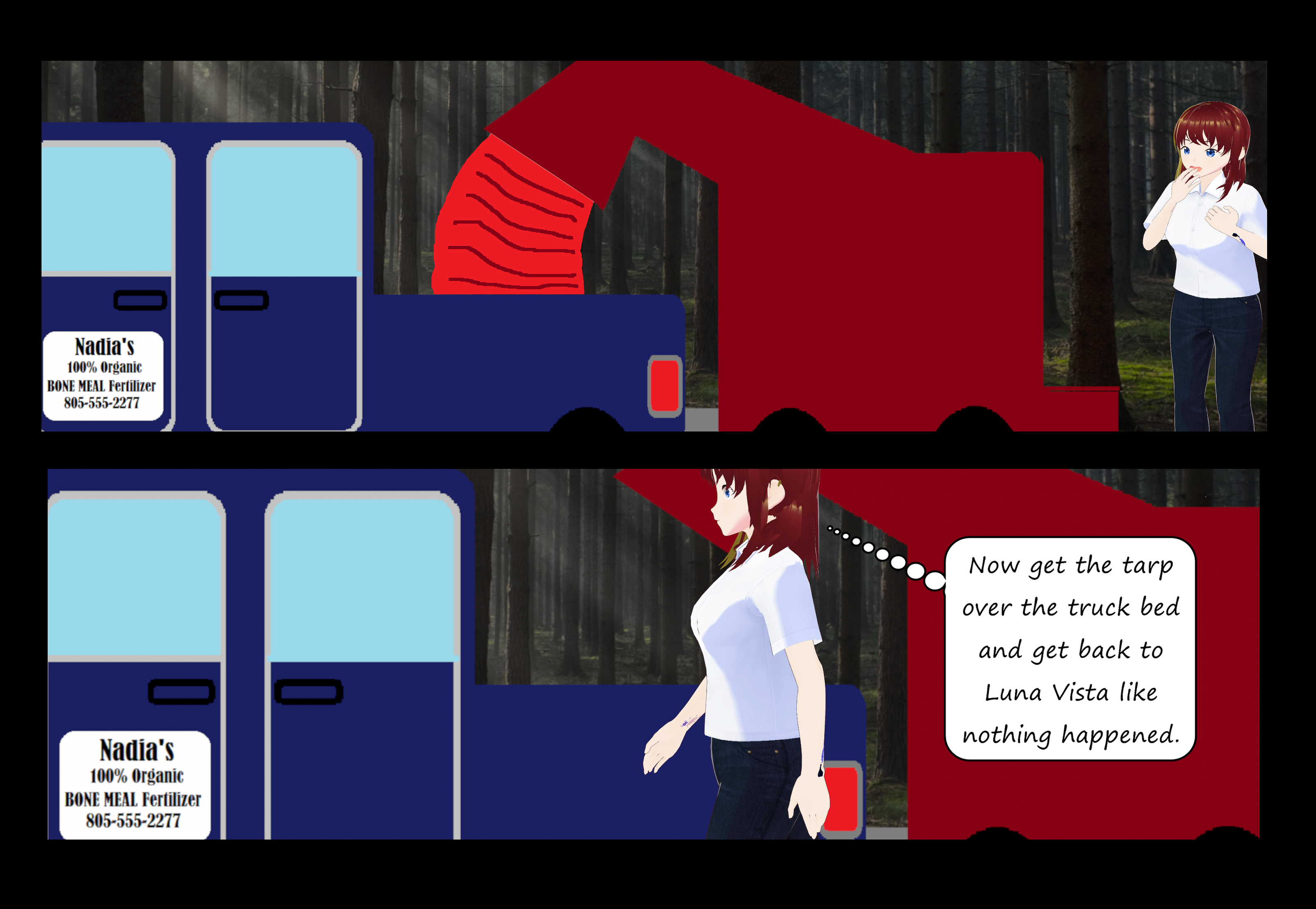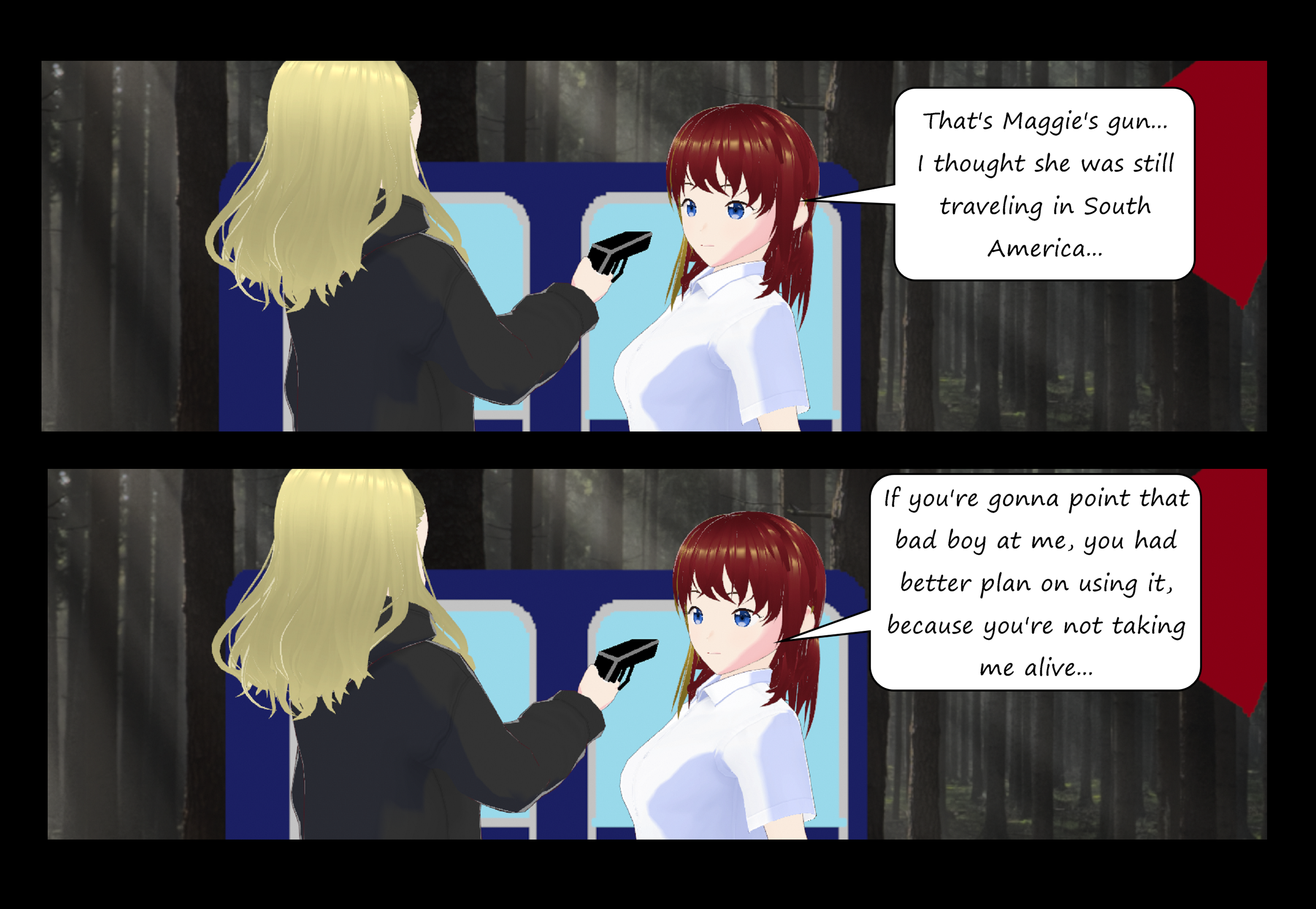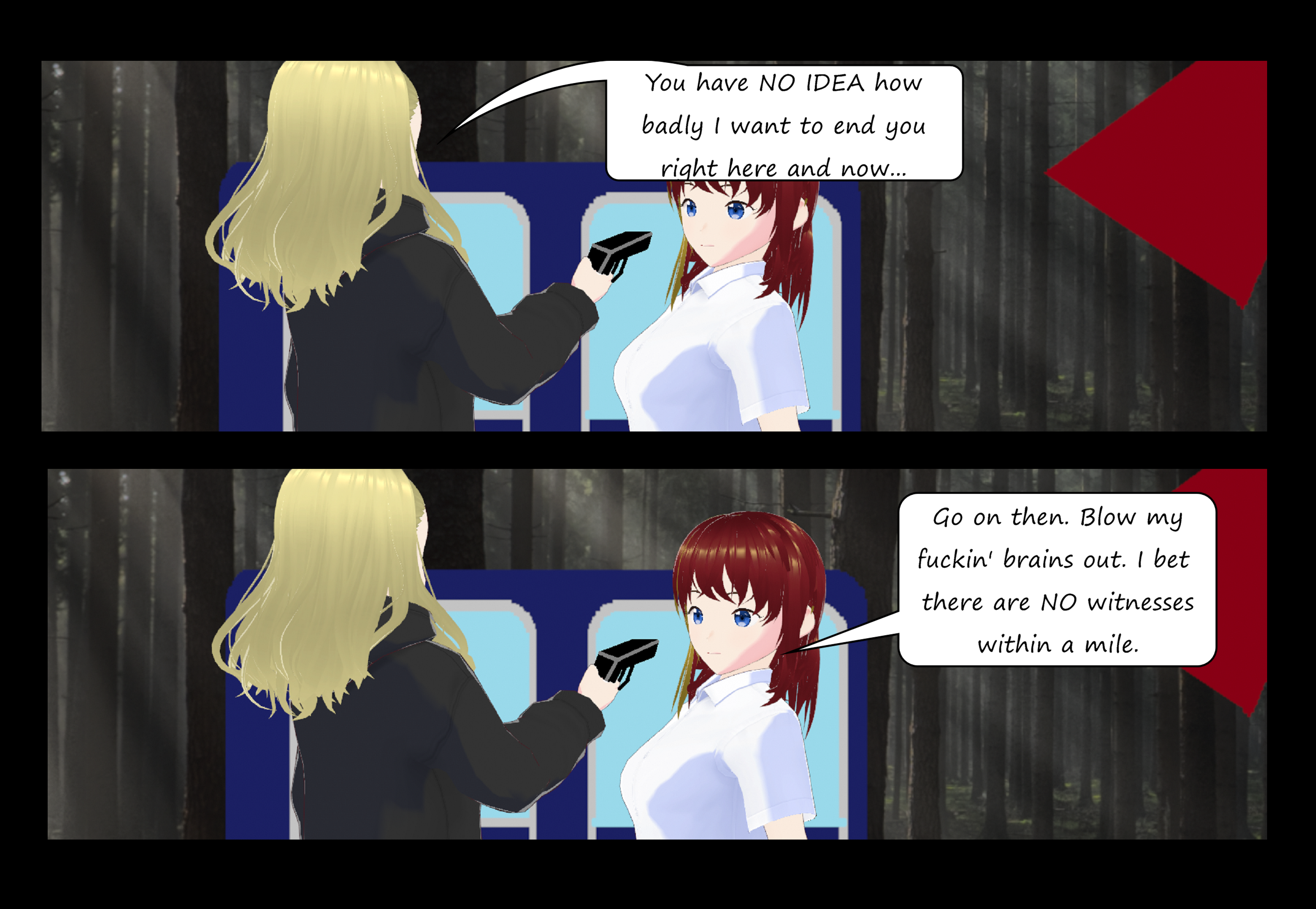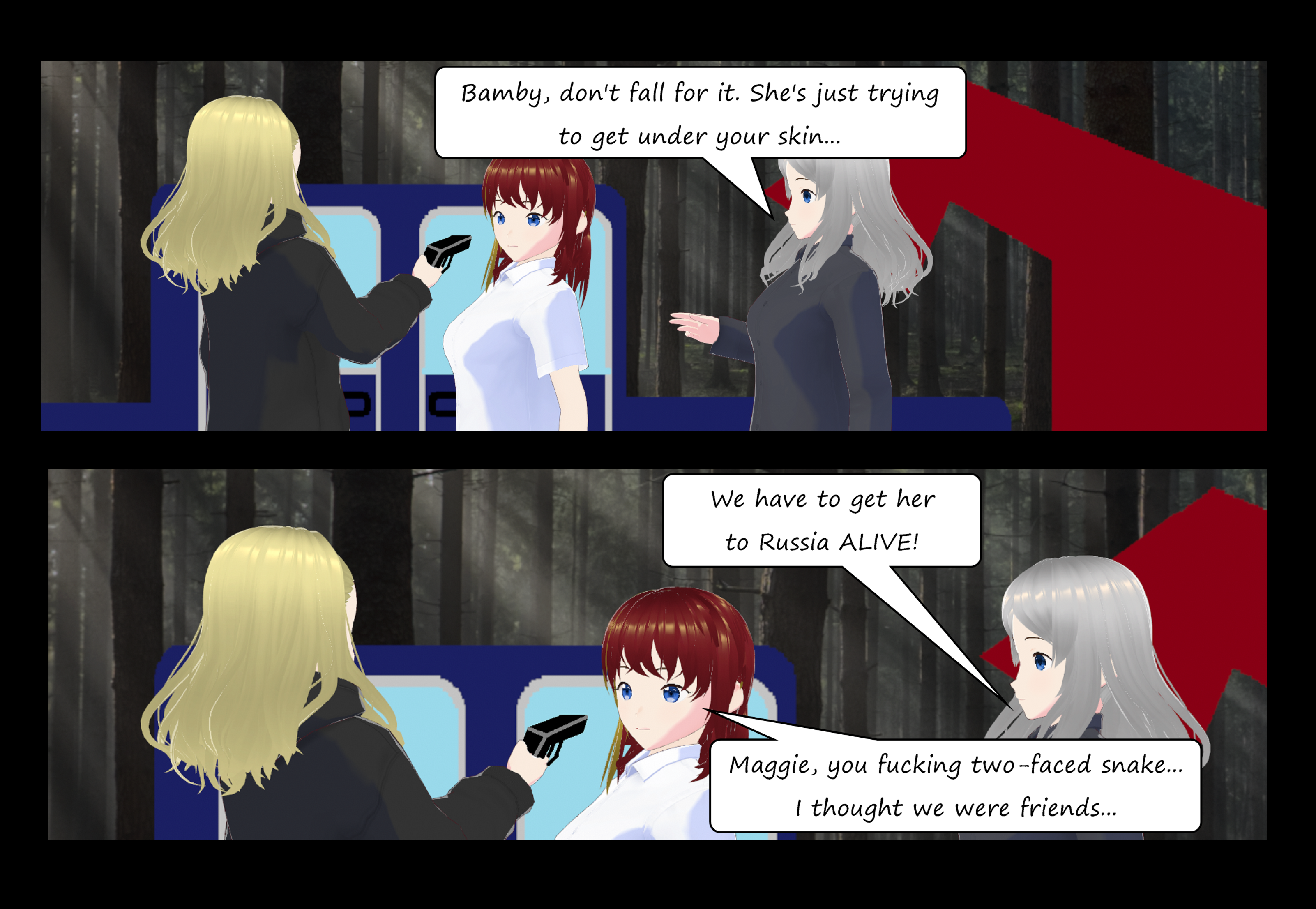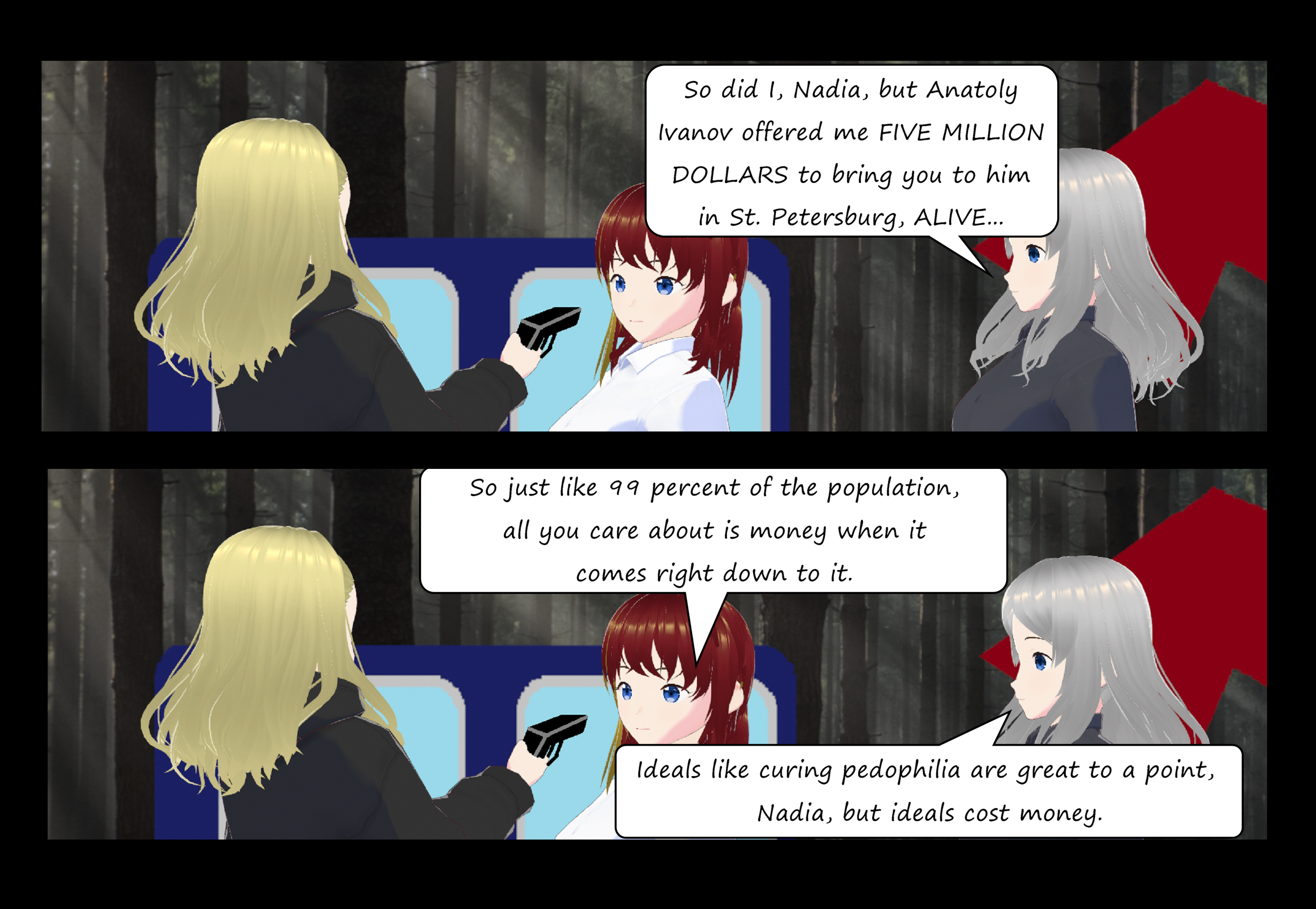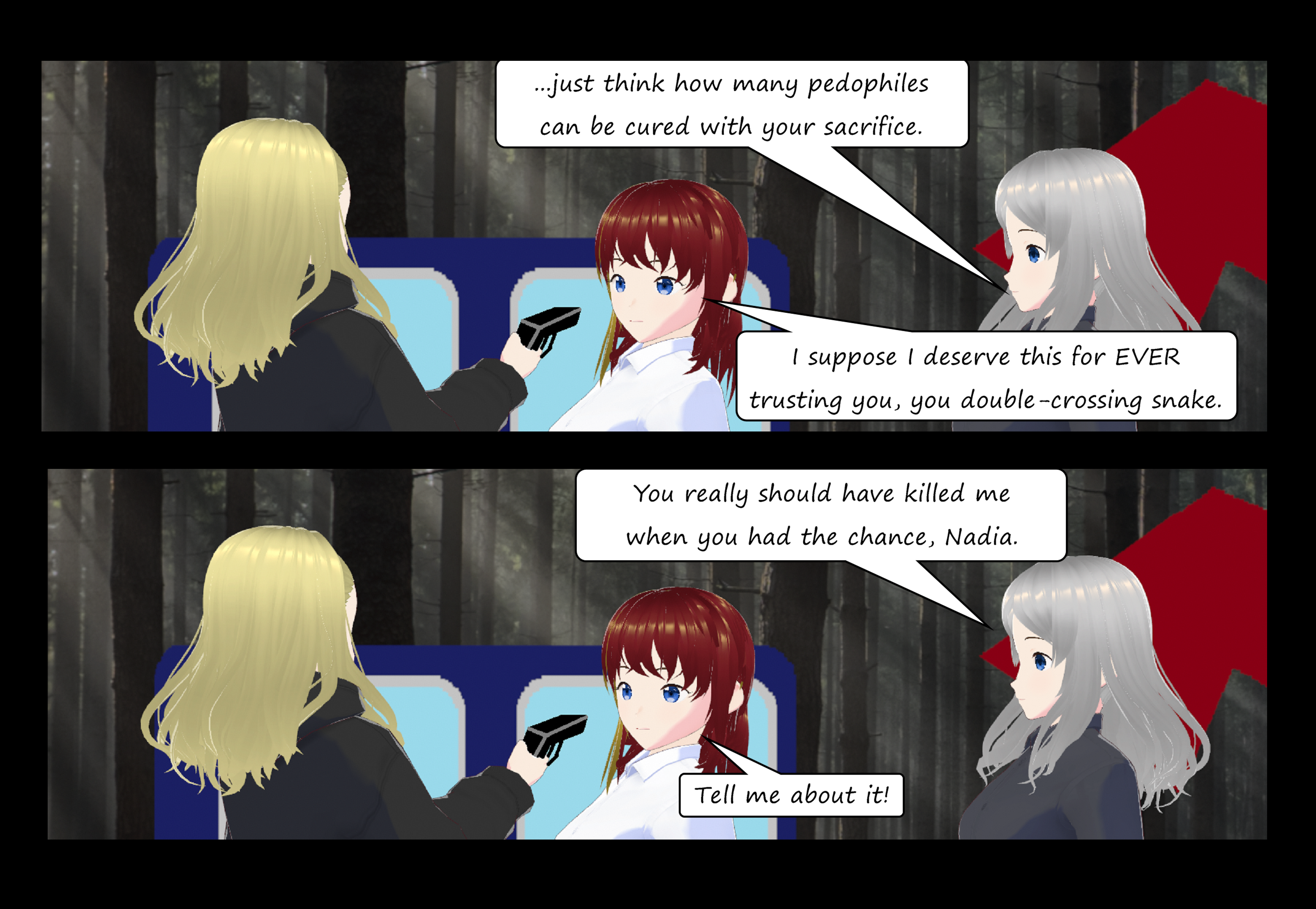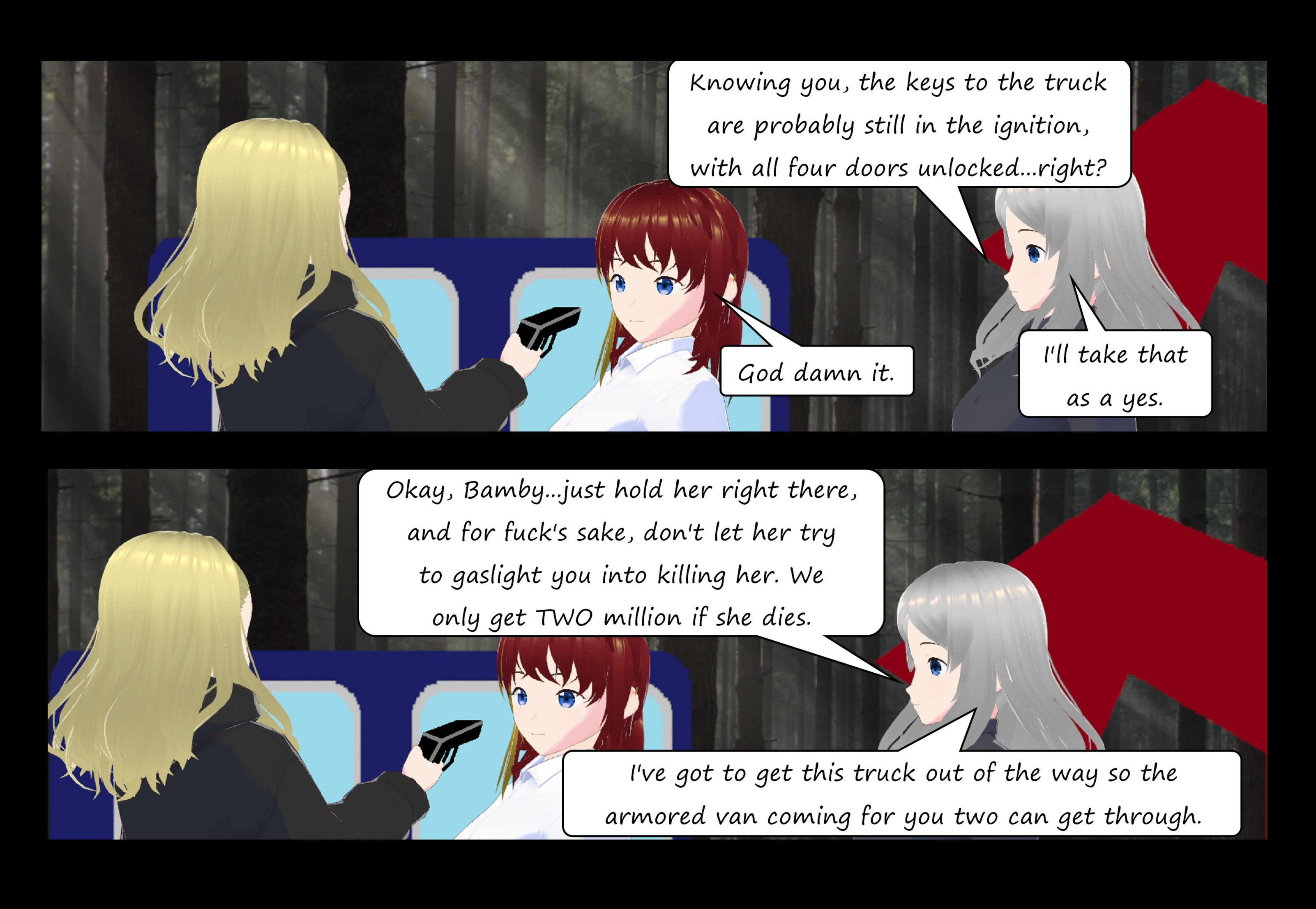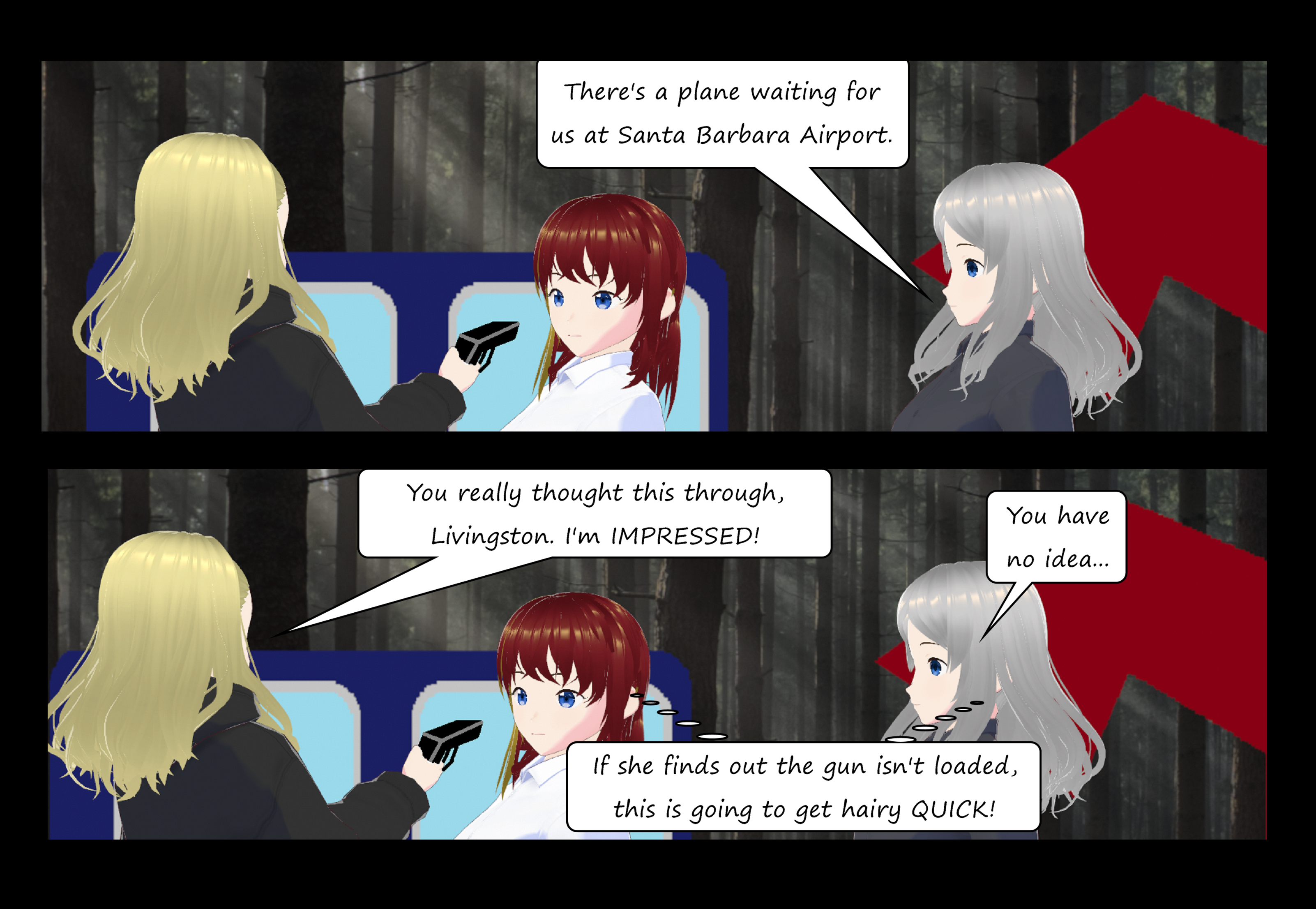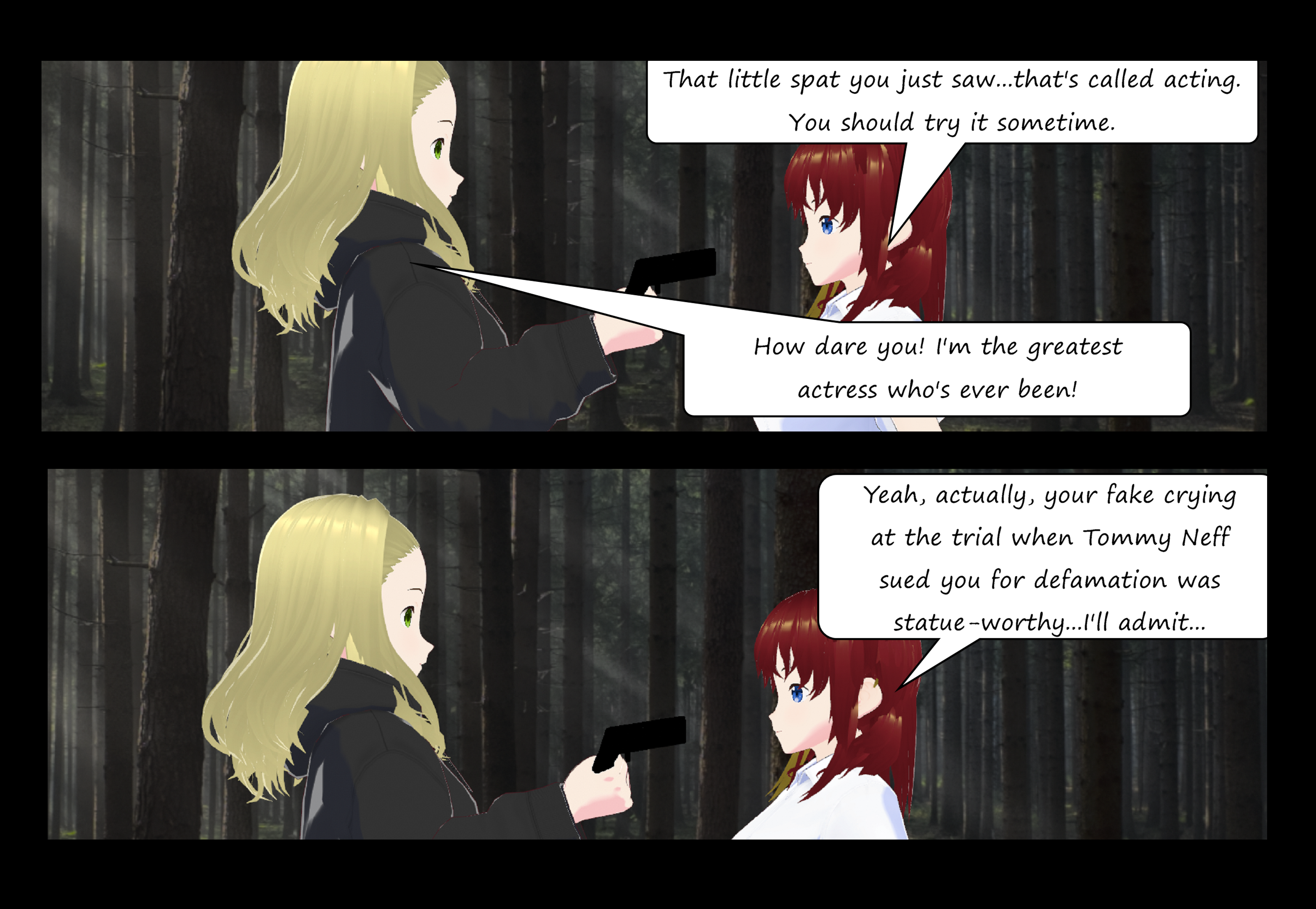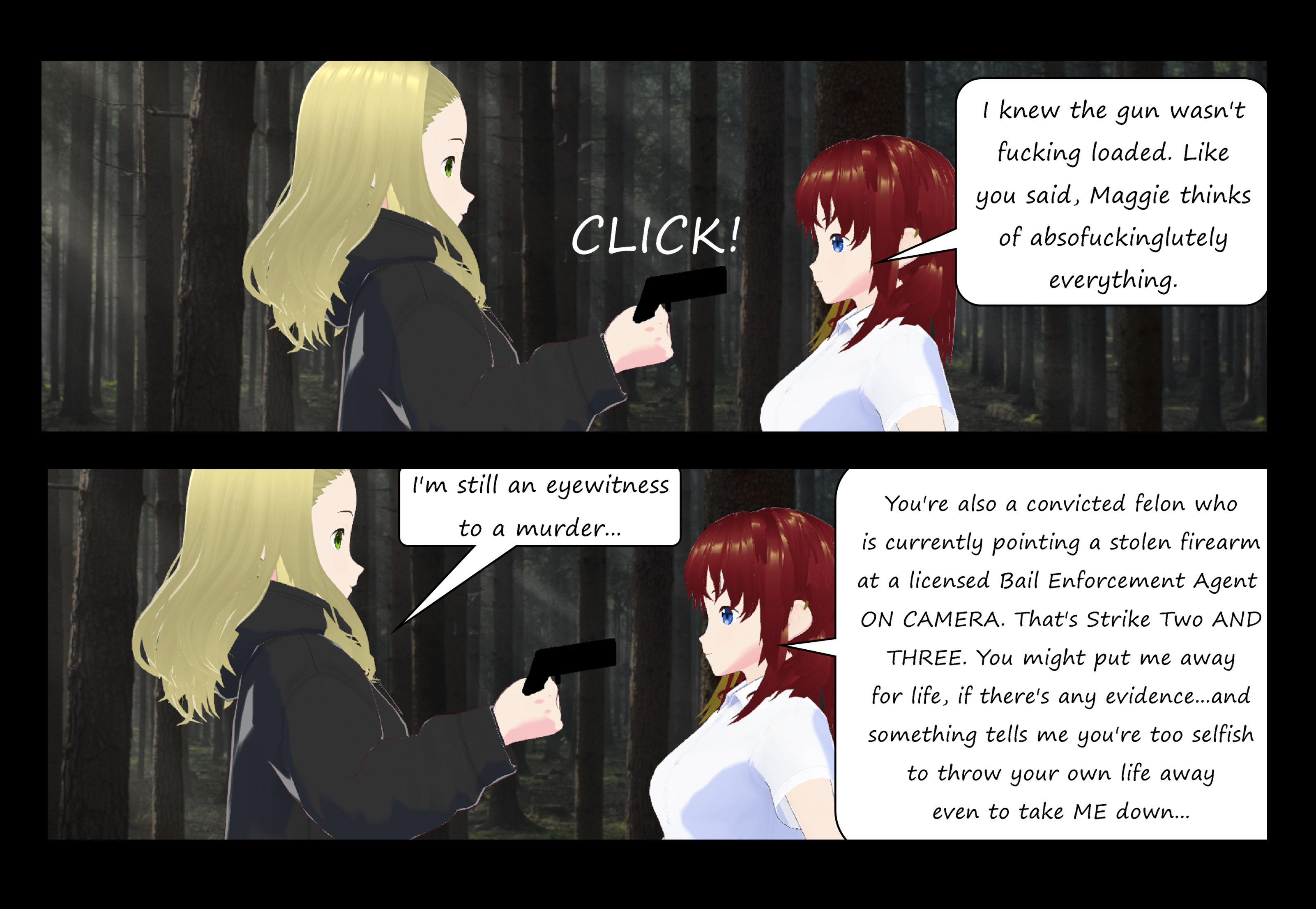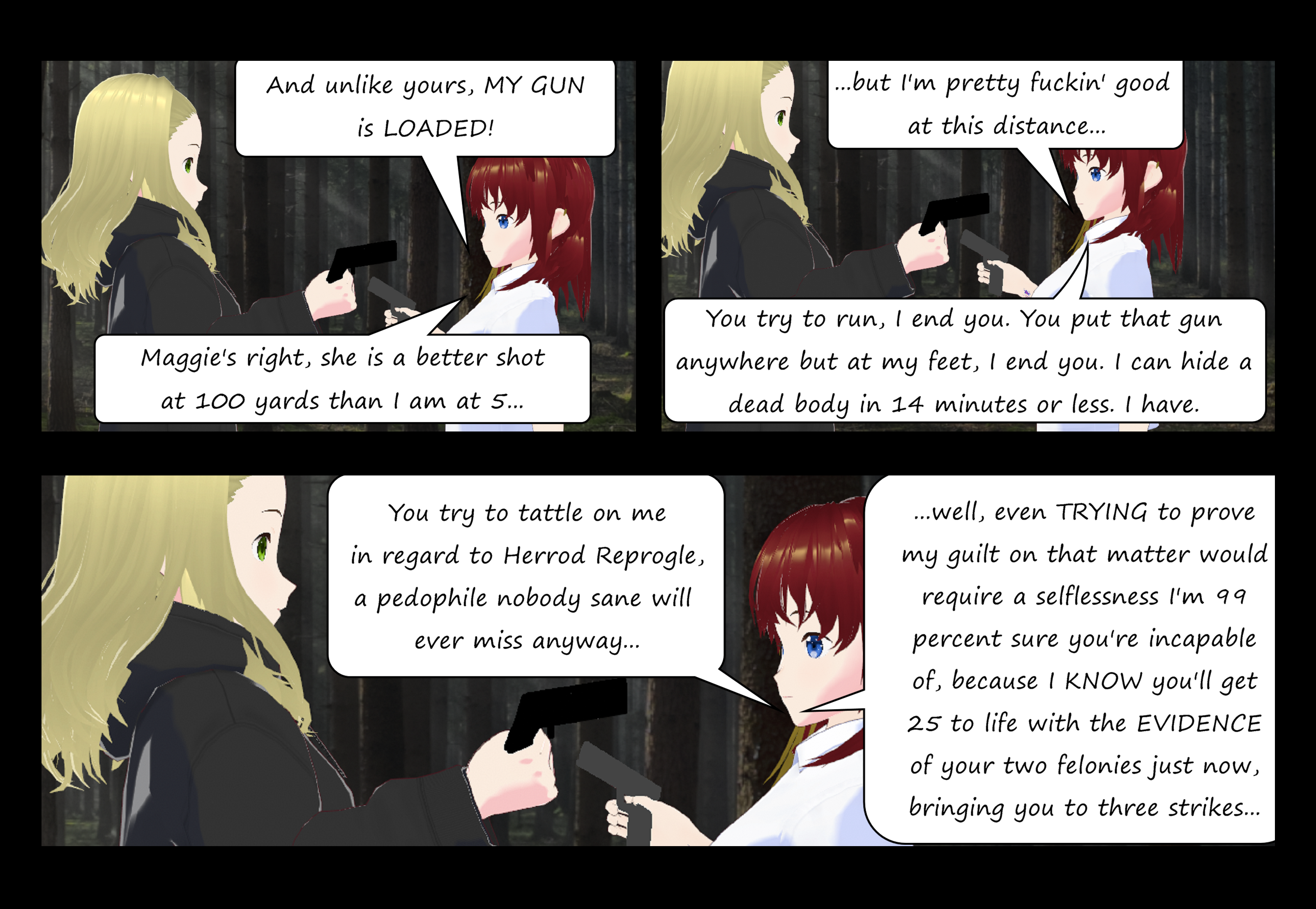Main Menu Previous (951-975) Next (Volume 41 - 1001-1025)
Main Menu Previous (951-975) Next (Volume 41 - 1001-1025)
Ensuring Safety Around Woodchippers: Essential Guidelines
Woodchippers are powerful machines commonly used in landscaping, forestry, and gardening to reduce large branches and tree limbs into smaller, manageable pieces. While incredibly useful, woodchippers pose significant risks if not handled correctly. Ensuring safety around these machines is paramount to prevent serious injuries or fatalities. Here are essential guidelines for safely operating and working around woodchippers.
- Training and Familiarization: Before operating a woodchipper, it is crucial to receive proper training. Understanding the machine's operation, safety features, and potential hazards can significantly reduce the risk of accidents. Employers should ensure all operators are well-trained and familiar with the manufacturer's instructions and safety guidelines.
- Personal Protective Equipment (PPE)Wearing the right PPE is essential when operating a woodchipper. This includes: Hard Hats To protect from falling debris; Safety Glasses or Face Shields To shield eyes from flying chips and dust; Hearing Protection Woodchippers can be extremely loud, and prolonged exposure can damage hearing; Gloves To protect hands from sharp branches and splinters; and Close-Fitting Clothing as loose clothing can get caught in the machinery. It’s important to wear fitted clothes and avoid dangling jewelry.
- Machine Inspection and Maintenance: Regular inspection and maintenance of the woodchipper are vital to ensure its safe operation. Check for Sharp Blades, because dull blades can cause the machine to jam, leading to potential hazards; Proper Guarding, ensuring all safety guards are in place and functional; Fluid Levels - Maintain proper levels of hydraulic and engine fluids; Loose or Damaged Parts - Address any signs of wear and tear immediately.
- Safe Operation Practices: When operating a woodchipper, adhere to the following practices:Clear the Area by ensuring the work area is clear of bystanders, especially children and pets; Feed Material Correctly such as, for instance, feeding branches into the chipper butt-end first. Never use hands or feet to push material into the machine; use a push stick or another tool if necessary. Avoid Overloading the woodchipper, as this can cause it to jam or malfunction; Stay Focused! It is imperative to remain alert and attentive while operating the machine. Avoid distractions such as mobile phones.
- Emergency Procedures Position the woodchipper on stable, level ground to prevent it from tipping over. Ensure the discharge chute is pointed away from people, vehicles, and structures to avoid injury or damage from flying debris.
- Proper Disposal of Chips: Once the woodchipping process is complete, ensure the chips are disposed of properly. Accumulated wood chips can pose a fire hazard if not managed correctly. Spread them evenly or store them in a designated area away from flammable materials.
In conclusion, woodchippers are indispensable tools in managing large volumes of yard waste, but they require careful handling and respect. By following these safety guidelines—receiving proper training, wearing appropriate PPE, conducting regular maintenance, adhering to safe operating practices, preparing for emergencies, considering environmental factors, and disposing of chips properly—you can minimize the risks and ensure a safe working environment. Safety should always be the top priority when operating powerful machinery like woodchippers. Taking the necessary precautions can prevent accidents and ensure that these useful tools are employed effectively and safely.
Nobody's Property illustrated series is published on nobodysproperty.com by Blake Hutchison dba Sansevieria Media. All rights reserved.
© Nobody's Property illustrated series is published on nobodysproperty.com/illustratedseries by Blake Hutchison dba Sansevieria Media. All rights reserved. Nobody's Property Illustrated Series, copyright 2018- | All rights reserved. This illustrated series is for entertainment purposes only, and should not be read by people under 18 years of age due to violence. Please do not engage or attempt to engage in any homicidal, vigilante, or other illegal acts.
